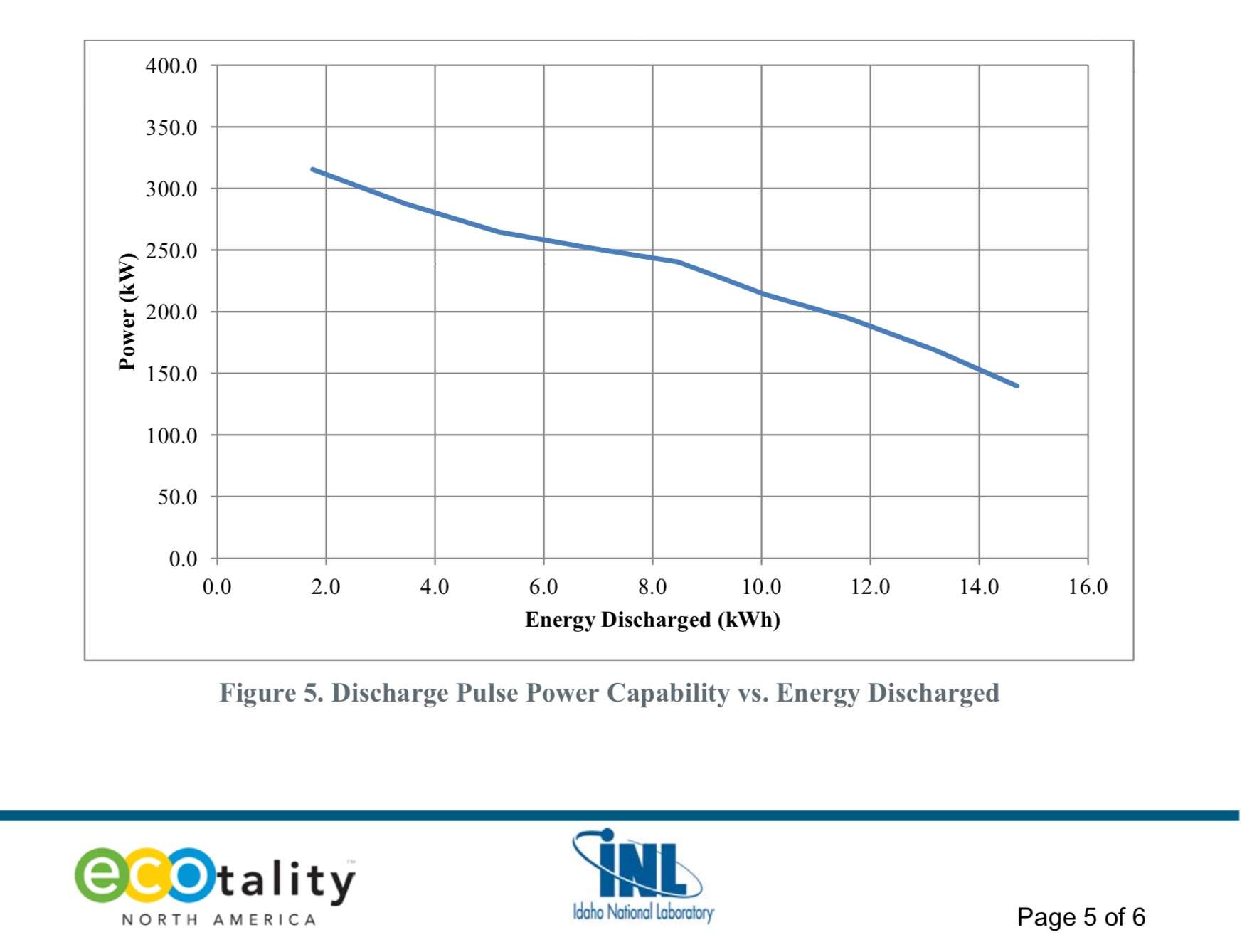SpeedRacer93 said:
Cooling system is 25 gallon closed loop ice and water (no radiator because the body is totally enclosed). I am looking at other options also for lighter weight cooling system.
I have a couple a degrees in water management and the only thing they told me is... Water is heavy. 8.34 lbs. 25 ( gallon) * 8.34 = 208 lbs.
Now upon a whim:
You would be better off in cutting that weight in half or more with dry ice..? Dry ice sublimates at 194.65 K (−78.5 °C; −109.3 °F) at Earth atmospheric pressures. Might be able to take advantage of this... if want, where weight is involved... if the runs are only 90 seconds and a finite dimension... easily calculated for.. ( and gets lighter as you go!

lol. ) Not practical with an internal combustion heat engine... but very well may be usable for electrical power traction, traction pack and the cooling loads of such.... I have seen a few dragsters built with diy EFI, and fuel dry ice coolcans, intercooler misters with Co2... and stuff.. back in the ol EFI fun days. Who know if it would make a difference... but heat transfer is like 99% of what puts food on my table, we know it well.
The Volt modules are only rated for 250 A continuous and 350 A peak. A 9 unit - 48v Volt modules would weight about 405 lbs. Yes people say they will pull 1000A but they are not rated for that level. Also people who have used the Volt packs state they sag when pushed hard.
I do wonder where you get the data from. I could show you a datalog of a fellow pulling 700A on one for a good 45 seconds or more, and the associated "sags" and "droops". I do not know of a single "48v" module in production used on the Chevy Volt. I do not know where this "48v" figure comes from... seems ambiguous... To me.
We are looking at 50 to 100 cycles
"Rated " spec certainty have longevity in mind. Very easy to empirically derive the load on both the cooling system and the cell to keep it cool and pushing current. My hobby is measuring IR of available EV cells in the market today.. and I will tell you .. they are powerful... but since you are ot gonna tear down and whatnot... worry about " replacin cells", I guess I do not have much more to suggest here.
I want to buy a "100C" sleeper cell x 5, assemble a battery, and sent it to the RCgroup guys.. so they can really test the claimed "100C" .. from an independent standpoint, with hobbyist accepted, standards for "longevity" and " empirical data"... If I were thinking about investing alot.
Fact is I have ( already ) cells on that ( RC groups) list..many of them.. I have measured the Graphene packs, right nest to the Chevy cell, right next to Kia cell, right next to LTO cells.. Right next to LifePo cells.. and the EV cells are much safer, more powerful, and longert lasting from my experiences.
Or an Ioniq...... have you looked at Ioniq, the cells? they would be what I would like to get my hands on next.
DD.. why dont you propose a pack using your best shot at available EV cells , targeting 400v, 1000A continuous, to estimate the weight and size. ?
Already did, friend. Also stated a seller, offered an email, and asked for a referral, should he call, Art, and buy something, warranted and resell able. For starters.
......But he said he got the data of the "rated " module as a "350A" module.. ( I have much different empirical data, tho.. from my researching, but who am I to say one way or another.) ( and if you are only expecting 50 cycles.. well then.,..guess we will never know, for the reference of "350A peak" is restricting ( dont know where it came from, I know, from looking at data, a Volt module can push alot more than that in a sprint... with a cooling load and a good flow pump.. )
Plan to run the motor "above rated spec"... ( 380Kw) but... the battery cell not " above rated spec"? IDk If I can help much more.
. I am mainly really looking to see if I can find the source of the cells and maybe double up or replace the feed wires.
Good luck doing that safely and reliability, friend. ( Or at least without someone to sue in case your installation fails. .. ) God bless you in reaching your targets.



